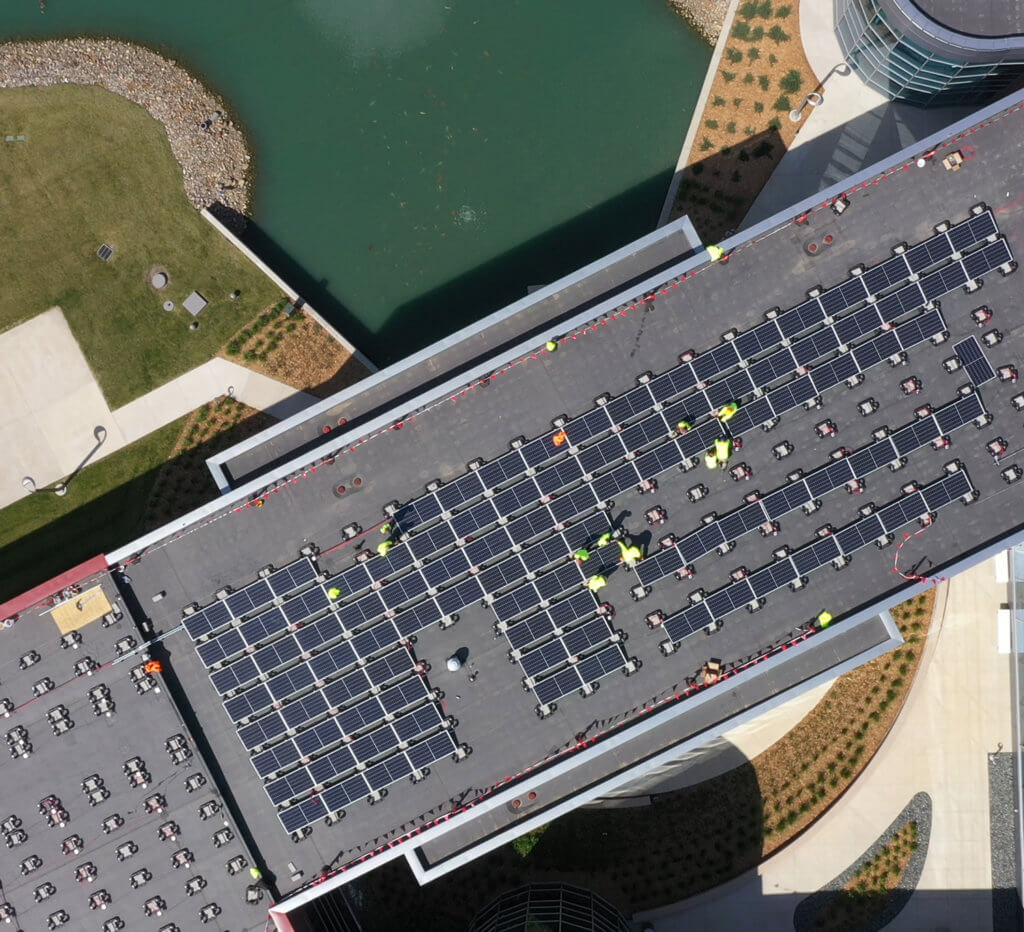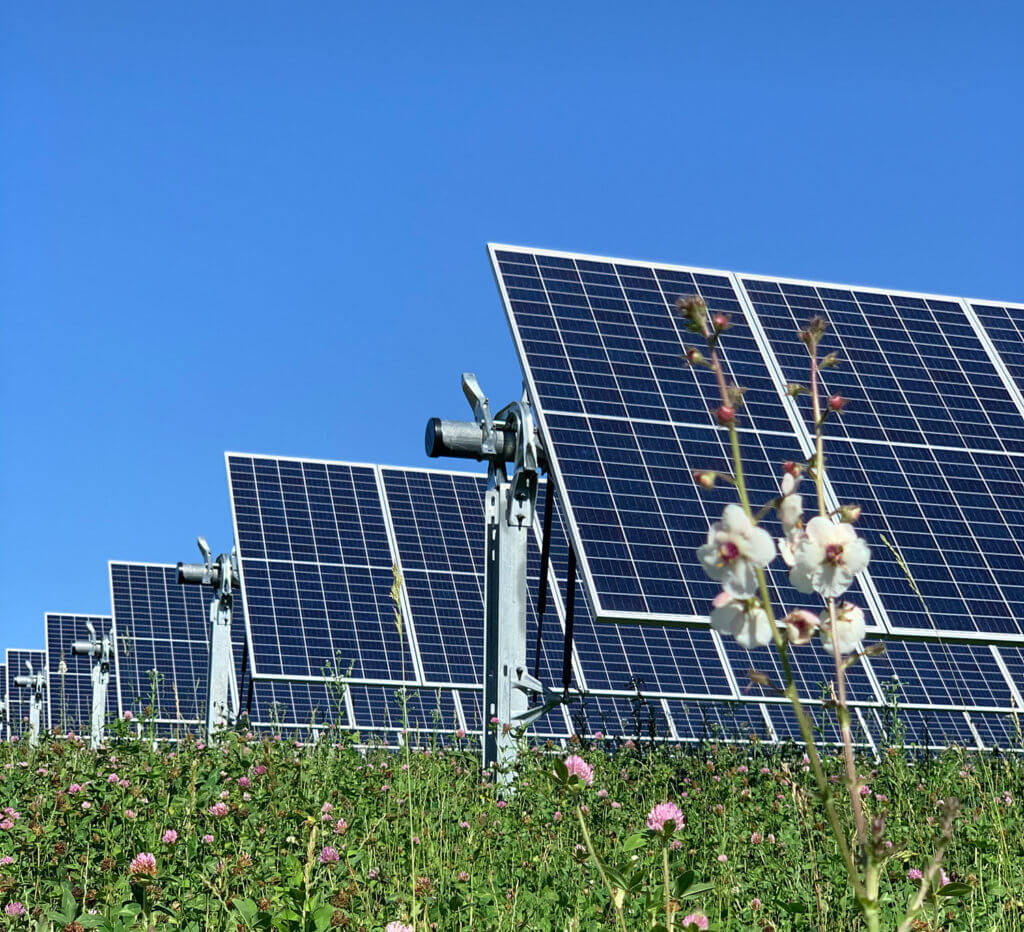How 1.1 Megawatts of Solar and Storage is Transforming this Iowa University
By: Eric Johnson, Writer, Ideal Energy
Iowa’s pioneering solar energy company to design and build one the largest and most innovative solar + storage systems in the Midwest.
Ideal Energy is building one of Iowa’s largest solar arrays to serve the energy needs of Maharishi University of Management (MUM). The 1.1 megawatt array – over 200 times the size of a typical residential array – will cover 5 acres of land adjacent to campus. The project also includes a 1 megawatt-hour battery energy storage system – the largest system of its kind in the Midwest.
The solar array will generate enough power to provide about one-third of MUM’s annual electricity needs. In addition to those savings, the battery energy storage system will reduce the demand charge portion of MUM’s utility bill by around one-third. The system will yield significant savings over its lifespan.
Battery energy storage is the future of renewable energy
Battery energy storage systems (BESS) are at the cutting of edge of the renewable energy industry. BESS can be used for emergency backup, off-grid homes, and more. Their most important application, however, is extending the usefulness of solar energy by reducing demand charges, a technique called peak shaving.
Demand charges are triggered when a business’s electricity use exceeds a certain threshold during peak usage times like hot, summer days. Utilities charge more for electricity at these times because so many customers need power at the same time.
Demand charges can account for 30% to 70% of the cost of electricity for customers on demand charge utility tariffs. Solar arrays alone aren’t always enough to reduce or eliminate demand charges for these customers. A single cloudy day during a summer afternoon could cause a demand charge, and a single demand charge can increase a business’s base rate for the entire year, dramatically increasing the cost of electricity.
Peak shaving cuts demand charges by limiting electricity consumption from the grid during the peak usage times outlined above. Control software automatically detects when power usage exceeds a pre-programmed threshold and switches over to batteries until the extra demand is over. When demand is lower the batteries recharge.
According to the National Renewable Energy Laboratory (NREL), Iowa is one of the 10 states with the most customers facing extremely high demand charges. At least 23,000 Iowa businesses pay $20 per kilowatt or more.
While this means many Iowa businesses pay a steep price for power and may not be well served by solar arrays alone, it also means many of those businesses could see huge cost savings with solar + storage systems like the one under construction at MUM.
High demand charges?
![]()
Work with an Ideal Energy expert to discover how battery energy storage systems can help.
Innovative design & cutting edge technology
Ideal Energy is installing several advanced technologies produced by NEXTracker, a San Francisco-based company with offices around the world. NEXTracker offers smart solar tracking systems, energy storage systems, and software that deliver performance not possible with standard solar arrays.
Two of NEXTracker’s products will be used in the MUM project: NX Flow and NX Horizon.
NX Flow is a complete solar + storage system that integrates active solar tracking, battery energy storage, inverters, and software.
The core of the system is an advanced vanadium flow battery (VFB), called Avalon, that degrades very little over time even when fully discharged under extreme duty cycles. NEXTracker’s internal testing indicates zero degradation after 10 years of continuous cycling. The performance of VFBs stands in stark contrast to lithium-ion batteries, which degrade significantly over their lifespans and are sensitive to improper cycling.
Avalon is DC-coupled with the photovoltaic array, meaning it is linked to the direct current voltage flowing from the solar panel. This ensures high round-trip efficiency. The battery charges directly off the array, enabling the battery to capture “clipped” energy that would otherwise be lost.
Right: NX FLOW vanadium flow battery DC couples directy to the array
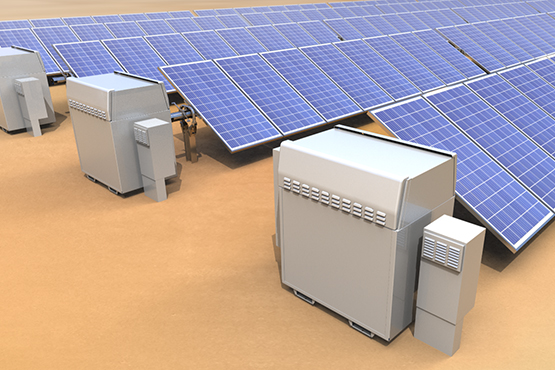
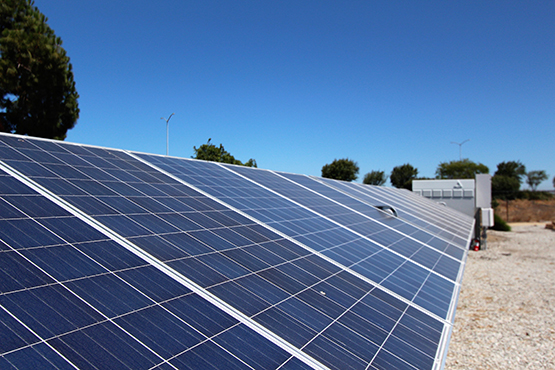
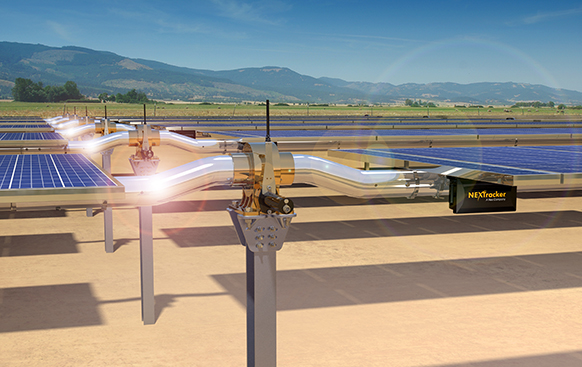
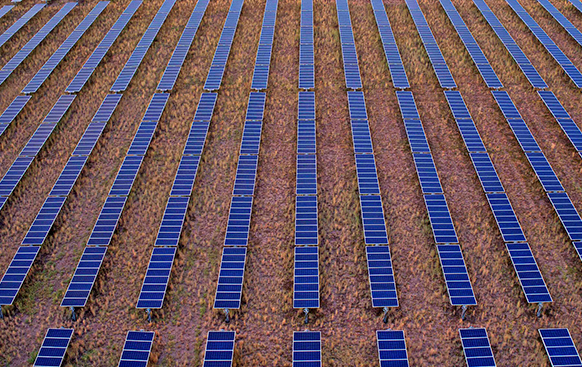
Ideal Energy is incorporating another sophisticated design element in the array: active tracking. Active tracking systems follow the Sun’s path across the sky, yielding 20-25% more energy than a fixed tilt array.
Ideal Energy is installing NEXTracker’s award-winning smart solar tracker, NX Horizon, for decentralized active tracking. NX Horizon is the number one tracker by worldwide market share with over 12 gigawatts of systems sold. With independent rows, high-slope tolerance, and rapid assembly features, the system is designed to minimize construction risk and keep projects on schedule.
Unlike some other active trackers, NX Horizon is decentralized. Each row of solar panels features its own motor and is remotely monitored by NEXTracker’s smart control software. Rows can move independently to find the best angle for maximum electricity production.
The MUM array will be the first system in the Midwest to combine active tracking and battery energy storage on a large scale.
Left: NX Horizon technology, Moree Solar Farm, Australia
Sustainability leadership in the Midwest
Maharishi University of Management has been a leader in sustainability for years. MUM was the first university in the U.S. to offer a degree program in sustainable living. In addition, MUM has built low-carbon footprint buildings, implemented composting and recycling programs, and committed to switching a significant portion of its energy use to renewable sources. The new solar array, along with two existing solar arrays and a wind turbine, will meet approximately 40% of MUM’s electricity production needs.
Ideal Energy has designed and built many of the largest and most advanced solar installations in the Midwest. Our portfolio includes multiple award-winning projects, the first net-zero manufacturing facility in Iowa, and the first solar + battery energy storage system in the state. The MUM project continues our decade-long record of innovation with one of the most cutting-edge installations in the Midwest.
MUM Solar Power plant At A Glance:
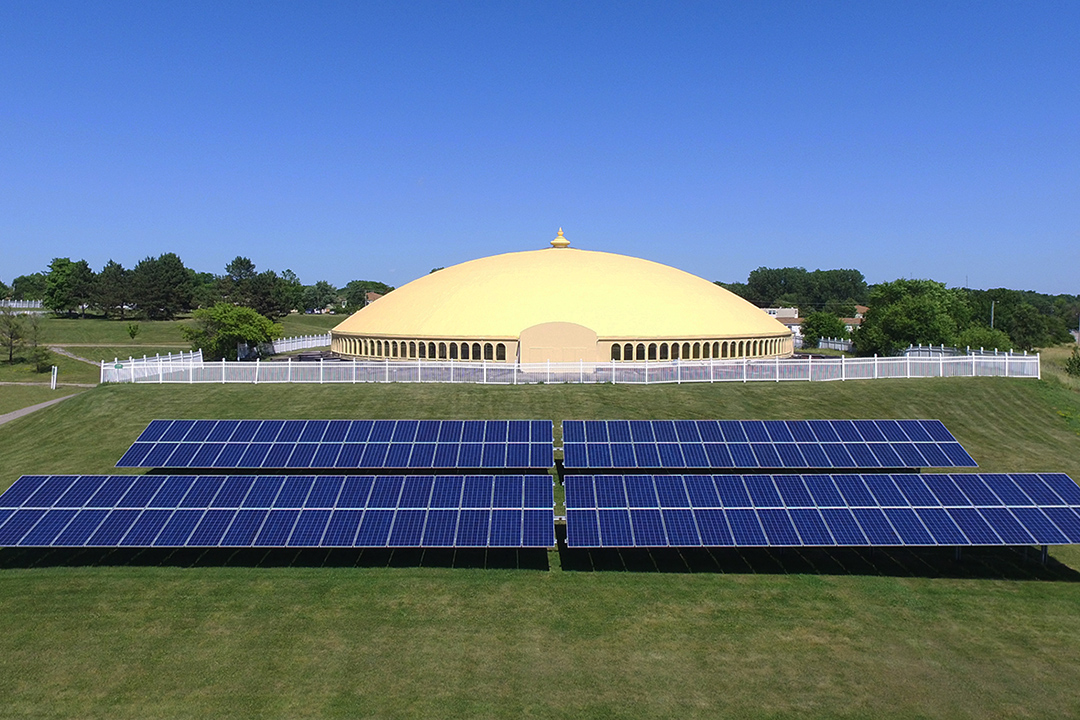
Above: A 37.8 kW installation on the MUM campus, installed by Ideal Energy in 2015. Combined with the new 1.1 MW installation, these arrays enable the university to generate 40% of their power onsite.
Get specific answers about how battery energy storage systems can impact your utility bills.
Explore in Depth
See more articles & ideas from Ideal Energy






